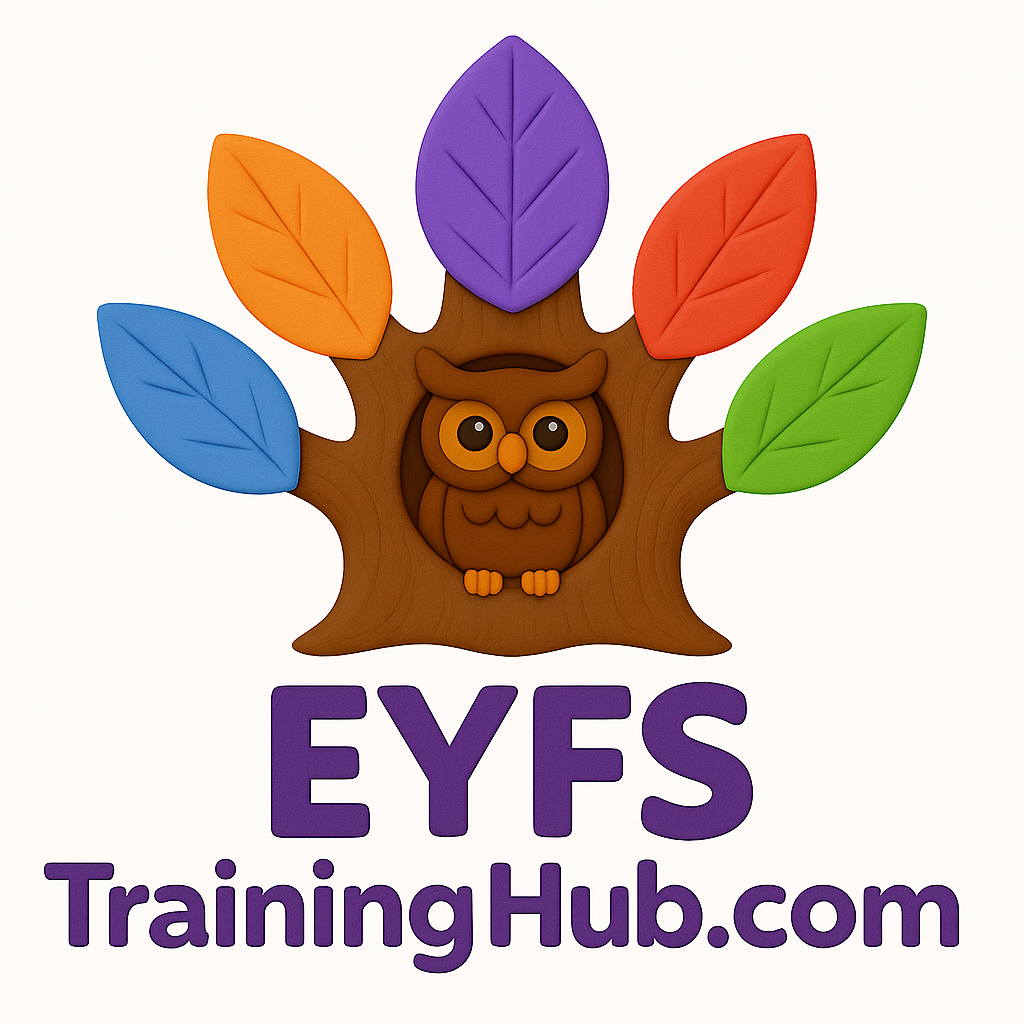Annex C Safeguarding Training – What Early Years Practitioners and Leaders Need to Know

it’s about ensuring that every adult who cares for children is confident, competent, and compliant in keeping them safe.
As a certified RQF Ofqual trainer, and founder of eyfstraininghub.com, I provide safeguarding training that builds practical confidence needed to apply safeguarding every single day.
Annex C safeguarding training requirements:
1: Training is designed for staff caring for 0-5 year olds and is appropriate to the age of the children being cared for.
2: The safeguarding training for all practitioners must cover the following areas:
• What is meant by the term safeguarding.
- • The main categories of abuse, harm and neglect.
- • The factors, situation and actions that could lead or contribute to abuse, harm or neglect.
- • How to work in ways that safeguard children from abuse, harm and neglect, and...
- • How to identify signs of possible abuse, harm and neglect at the earliest opportunity
How EYFSTrainingHub.com Safeguarding Pathway Ensures Full Annex C Compliance
From new practitioners to Designated Safeguarding Leads, each level builds upon the last, creating confident, compliant, and inspection-ready teams.
Our pathway covers every EYFS and annex C requirement:
Safeguarding Level 1 meets (and exceeds) Annex C’s requirement for core safeguarding knowledge, equipping practitioners to:
- Understand their legal duties under EYFS 2025.
- Recognise the main categories of abuse, neglect, and wider safeguarding concerns.
- Spot early indicators of harm such as changes in behaviour, unexplained injuries, or inappropriate adult behaviour.
- Respond appropriately to disclosures, allegations, and concerns, and
- Embed safeguarding into daily practice with confidence.
SafeguardingLevel 2 – Extended Safeguarding (Incorporating Level 1)
- Level 2 incorporates the full Level 1 training (as above) before extending knowledge into advanced responsibilities.
- It is designed for early years practitioners with added safeguarding duties, such as deputies, room leaders, and those preparing for DSL roles.
Safeguarding Level 3 (DSL) training covers:
The Level 3 DSL course builds upon the Levels 1 and Level 2 knowledge foundation to ensure DSLs can lead, embed, and monitor safeguarding practice across their setting.
Building a safe organisational culture.
- Developing, implementing, and auditing safeguarding policies.
- Managing and monitoring allegations against staff.
- Multi-agency working, thresholds, and referrals.
- Effective record-keeping, data protection, and supervision.
- Leading on safer recruitment, whistleblowing, Prevent Duty, online safety, and peer-on-peer abuse.
- Embedding trauma-informed and child-centred safeguarding practice.
- Supporting staff, empowering the child’s voice, and sustaining DSL wellbeing.
Why This Pathway Matters
By completing the full EYFS Training Hub safeguarding training pathway:
Level 1 → Level 2 → DSL — practitioners and leaders progress from foundational safeguarding awareness to advanced leadership competence.
This ensures:
Every adult knows how to recognise, respond, record, and refer concerns.
Leaders are prepared to embed safeguarding culture, manage allegations, and work with safeguarding partners.
Settings are fully compliant with Annex C of the EYFS 2025, giving inspectors confidence that safeguarding is robust, consistent, and well-led.
Why Choose EYFSTraininghub.com for Safeguarding Training
With over 20 years of experience as an early years consultant, safeguarding trainer, and inspection support specialist, I’ve seen first-hand where providers struggle – and what inspectors look for.
I design each course to take away the uncertainty by building practical, confident safeguarding practice at every level.
As an RQF Ofqual-certified trainer, you can be assured that the training is credible, compliant, and recognised for CPD purposes.
Most importantly, it is written specifically for early years practice – not a generic safeguarding course repackaged for childcare.
Final Thoughts...
Safeguarding isn’t just about policies or paperwork – it’s about the confidence and competence of every adult who interacts with children. Annex C makes it clear what is required, and my safeguarding training ensures you meet and exceed those requirements.
If you’re a practitioner, childminder, or leader preparing for the EYFS 2025 changes, now is the time to make sure you and your team are fully compliant.
👉 https://www.eyfstraininghub.com/courses-library-1

